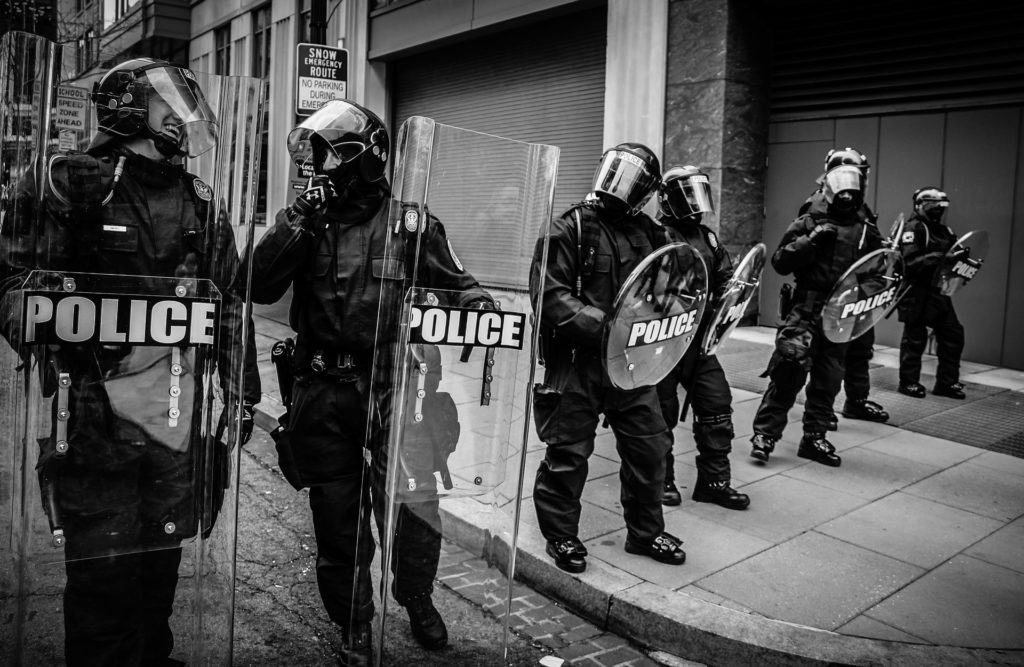 The Sentencing Council, which is the organisation responsible for setting sentencing guidelines in England and Wales, has today circulated proposed new guidelines in respect of public order offences.
The Sentencing Council, which is the organisation responsible for setting sentencing guidelines in England and Wales, has today circulated proposed new guidelines in respect of public order offences.Offences Covered
The guidelines will apply to the following offences, all of which are to be found in the Public Order Act 1986:
-Riot
-Violent disorder
-Affray
-Threatening or provocation of violence and the racially or religiously aggravated counterpart offences
-Disorderly behaviour with intent to cause harassment, alarm or distress and the racially or religiously aggravated counterpart offences
-Disorderly behaviour causing or likely to cause harassment, alarm or distress and the racially or religiously aggravated counterpart offence
-Offences relating to stirring up racial or religious hatred and hatred based on sexual orientation
When the guidelines come into force
The proposed guidelines are being consulted upon, so not until the end of this year at the earliest.
However, what we tend to see is that judges look at consultation guidelines, even when they are not supposed to. It makes sense therefore that we keep a close eye on sentencing in this area of law.
The Main Changes
These offences can vary significantly in their nature and in their seriousness. For example, affray, which covers the use or threats of violence which would make someone fear for their personal safety, might involve serious or sustained violence or a less serious incident where no one is injured.
The guidelines aim to set out a clear method to sentencing that covers the main factors that should be taken into account in assessing the culpability of the offender and the harm they caused. For example, an offender with high culpability in the riot guideline may have used petrol bombs or firearms, been a ringleader in instigating violence or have been instrumental in escalating the level of disorder.
The guidelines also intend to summarise the extensive harm that is caused by these offences. Individual members of the public may suffer physical injury, fear or distress, or damage to their property while business owners may suffer loss of livelihood and damage to their premises. Public disorder can cause serious disturbance and damage to local communities and police officers and other emergency workers may be attacked and injured. Incidents may also involve significant costs for the public.
The guidelines also highlight other aggravating factors that would increase the seriousness of offences. This can include offenders provoking others to participate in violence, trying to prevent emergency services from carrying out their duties, causing injuries to police dogs or horses and using or carrying weapons.
Finally, the guidelines also take into consideration the trends in criminality and a social climate which has seen a rise in hate crime offending. The Council thought that a guideline on public order would be incomplete if it did not cover racially or religiously aggravated public order offences and those which precisely address stirring up of racial or religious hatred or hatred based on sexual orientation.
Longer Sentence as a result?
The Sentencing Council does not foresee that sentence severity will rise, save for a couple of exceptions concerning fines.
However, while data exists on the number of offenders sentenced for public order offences, and the sentences imposed, there is a lack of data on the categories of seriousness of current cases. It is therefore challenging to establish how current cases would be categorised through the levels of damage and culpability in the draft guideline.
The fear, therefore, is that these new guidelines may result in tougher sentences being imposed.
Our Assistance
Please contact one of our criminal Solicitors on 0161 477 1121 If you have any concerns or simply to discuss any aspect of your case. Alternatively email us at [email protected]


